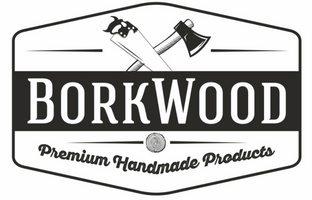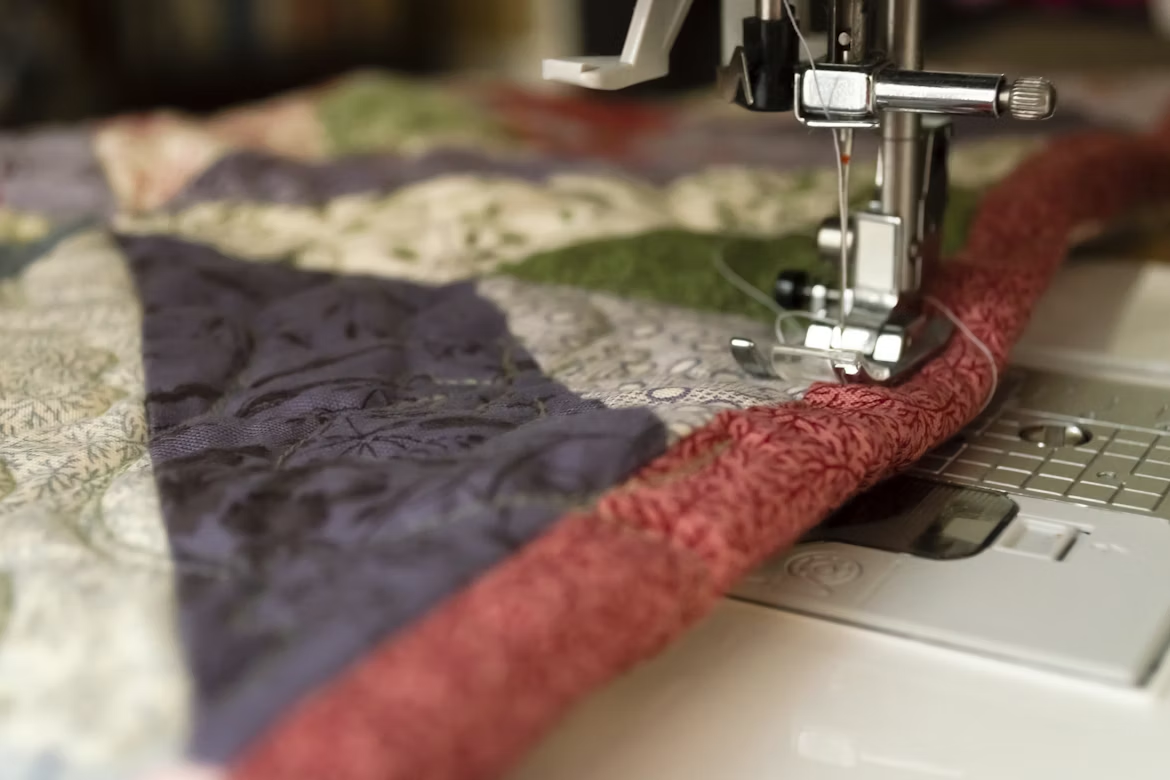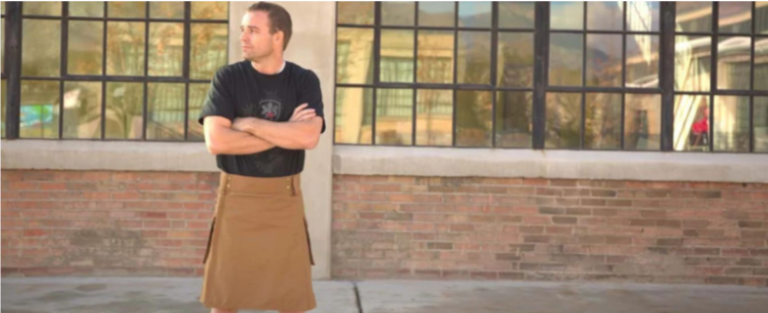Heirloom Revivals: Repurposing Antique Textiles in Contemporary Quilting
Quilting has always been about storytelling, stitching together pieces of fabric that hold personal meaning, cultural significance, or family history. In recent years, a growing number of quilters have turned to antique textiles to bring new life to old fabrics. This trend, often called “heirloom revival,” blends nostalgia with modern design by repurposing vintage materials like handkerchiefs, embroidered linens, worn quilts, and even garments into contemporary quilting projects.
The Heart Behind Heirloom Quilting
There’s something deeply sentimental about working with antique textiles. These fabrics often come with a story: a grandmother’s embroidered tablecloth, a great-aunt’s lace-edged pillowcase, or a baby dress saved from decades ago. By integrating these pieces into new quilts, quilters create lasting tributes that preserve both memories and craftsmanship. Each stitch becomes part of a conversation between past and present, infusing the finished quilt with emotional depth and generational meaning.
What to Look For in Antique Textiles
Not all old fabrics are suitable for quilting, so careful selection is key. Look for textiles that are structurally sound and free from dry rot, significant staining, or excessive thinning. Natural fibers like cotton and linen are easiest to work with, while silk and wool require more care. Heirloom pieces with hand embroidery, lacework, or other intricate details make stunning quilt focal points, but they may need stabilizing or framing with sturdier materials.
Vintage blocks from unfinished quilts, feed sack fabrics, or flour sack towels are popular choices due to their durability and charm. Even pieces with small imperfections can add character, especially when used in moderation or balanced with modern fabrics.
Combining Old and New
One of the joys of heirloom revival quilting is blending the old with the new. Pairing antique fabric with modern prints, solids, or contemporary layouts creates a striking contrast that keeps the quilt fresh and relevant. Some quilters choose minimalist backgrounds to let vintage motifs shine, while others embrace a more eclectic, boho-inspired aesthetic.
To preserve fragile fabrics, consider using them in appliqué, borders, or as accent blocks rather than for heavy piecing. Backing heirloom fabric with fusible interfacing can provide extra support and prevent tearing during sewing and washing.
Tools and Techniques
Working with antique textiles often requires gentle handling and some specialized techniques. Wash vintage fabrics with care, preferably by hand using a mild detergent, and air dry flat. Avoid high heat, which can weaken fibers. Use a fine needle and a walking foot when sewing, and press with a cool iron to protect delicate embellishments.
Documenting the story behind the fabric is another thoughtful touch. Add a quilt label that explains where the materials came from, who they belonged to, or what inspired the piece. This adds context and helps future generations appreciate the quilt’s heritage.
Stitching the Past into the Present
Repurposing antique textiles isn’t just a design choice, it’s a way to honor the artistry and lives of those who came before us. By reviving heirlooms through quilting, makers preserve history, celebrate craftsmanship, and create one-of-a-kind pieces that bridge time with love, texture, and care.







